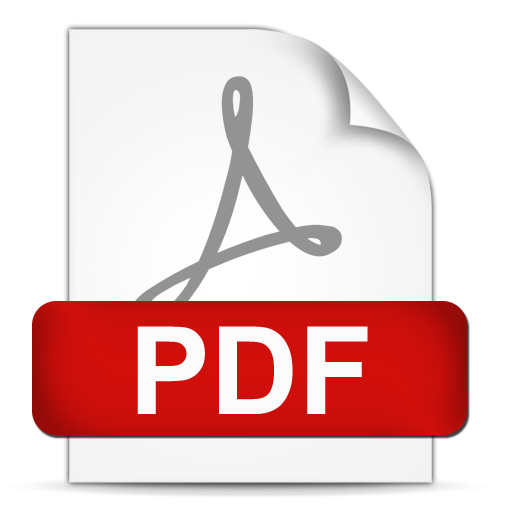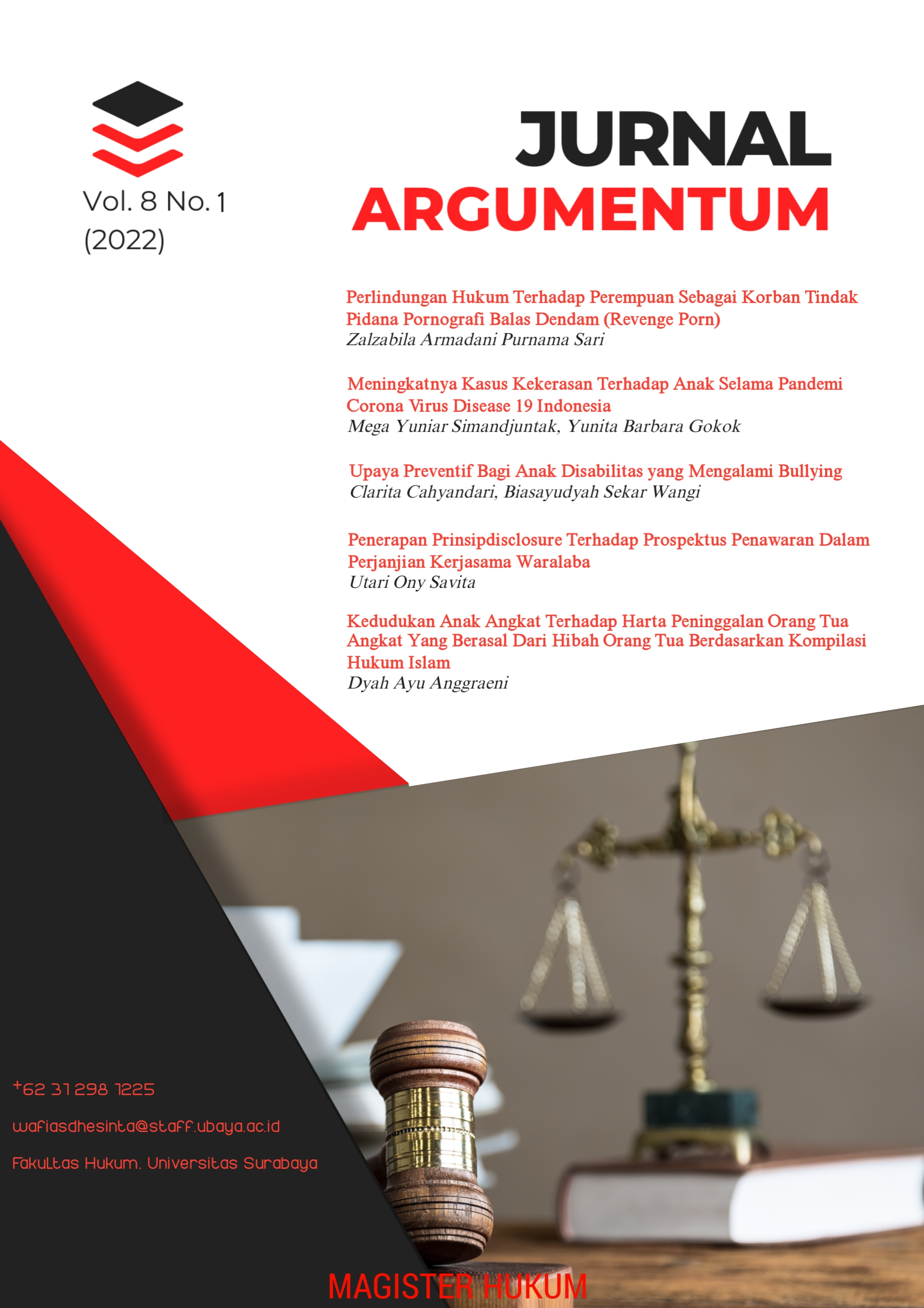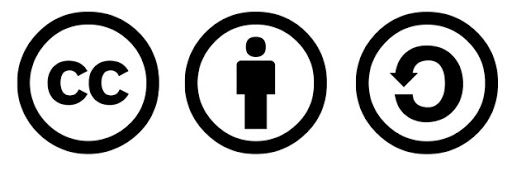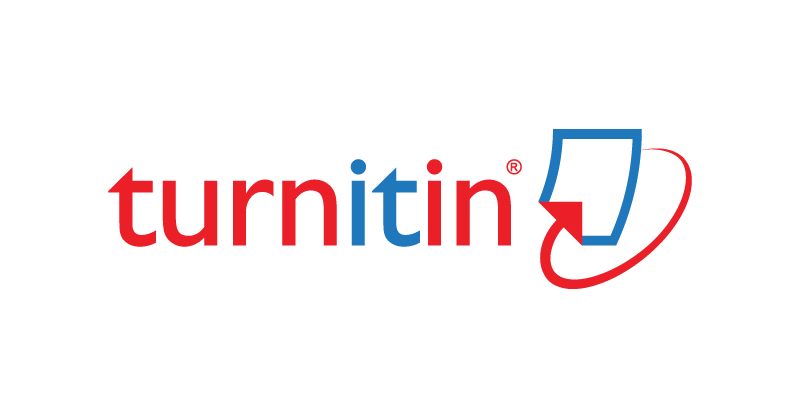UPAYA PREVENTIF BAGI ANAK DISABILITAS YANG MENGALAMI BULLYING
 Abstract Views:
788 times
Abstract Views:
788 times
 PDF Downloads:
1140 times
PDF Downloads:
1140 times
Abstract
Bullying is an act of violence and oppression committed by a strong party against a weak party, this action is repeated physically and verbally. This action is carried out with the aim of seizing power and by means of emotional attack which is done repeatedly against the victim. Where often children who become victims of violent bullying are children. Violence and bullying for children is still considered normal, so the handling is still not optimal. Several cases of bullying occur in many communities, both in the social and educational world, resulting in several negative impacts for the victims and also the perpetrators of bullying themselves. Moreover, this bullying behavior often affects children with disabilities. Whereas the protection of children with disabilities is regulated in the Child Protection Act. The commitment to recognize and protect the rights of children has been guaranteed in the 1945 Constitution of the Republic of Indonesia Article 28B paragraph (2), which states that every child has the right to live, grow and develop and has the right to protection from violence and discrimination. Even though there have been many laws and regulations related to children, their implementation in the field still shows the existence of various acts of bullying, especially in this case bullying against children with disabilities. This prompted us to discuss cases of bullying against children with disabilities in the school environment, and to initiate learning and play group programs for non-disabled children and children with disabilities who experienced bullying.
Downloads

This work is licensed under a Creative Commons Attribution-ShareAlike 4.0 International License.
All articles published in ARGUMENTUM are licensed under a Creative Commons Attribution-ShareAlike 4.0 International (CC BY-SA) license. This means anyone is free to copy, transform, or redistribute articles for any lawful purpose in any medium, provided they give appropriate attribution to the original author(s) and ARGUMENTUM, link to the license, indicate if changes were made, and redistribute any derivative work under the same license.
Copyright on articles is retained by the respective author(s), without restrictions. A non-exclusive license is granted to ARGUMENTUM to publish the article and identify itself as its original publisher, along with the commercial right to include the article in a hardcopy issue for sale to libraries and individuals.
Although the conditions of the CC BY-SA license don't apply to authors (as the copyright holder of your article, you have no restrictions on your rights), by submitting to ARGUMENTUM, authors recognize the rights of readers, and must grant any third party the right to use their article to the extent provided by the license.

 DOI:
DOI:







